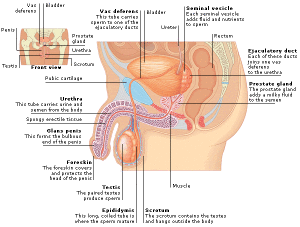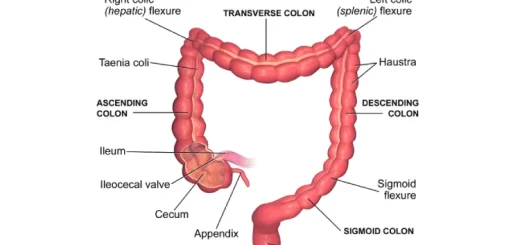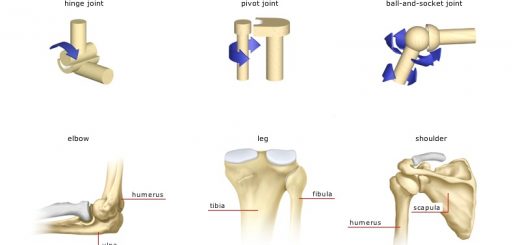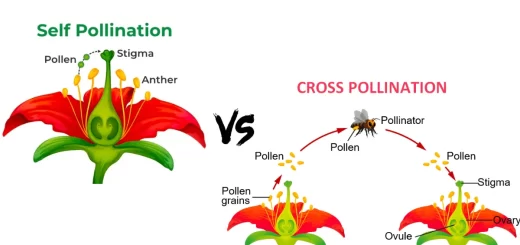The reproduction process and the male reproductive (genital) system
The reproduction process
The reproduction process is a process that aims to secure the existence and continuity of living organisms species and to prevent them from the extinction, The human reproduce sexually when two different persons mate and the female using a special system called the reproductive (genital) system.
Man can not reproduce asexually, as the individuals (offspring) that coming from the asexual reproduction are identical to their parents, while in the human, each individual differs from the others.
The male reproductive (genital) system
The male reproductive system consists of two testes, the vas deferens, the genital associated glands and the penis.
The two testes
The two testes are two glands of an oval shape, and they lie outside the body in a sac-like structure called the scrotal sac (scrotum) which is hanged between man’s thighs.
The function of testes
The testes produce the sperms (after puberty), and they produce the male sex hormone known as “the testosterone” which is responsible for the appearance of the secondary sex characters (the signs of puberty) in male.
If the testes are present inside the body and do not come out during the development of the embryo, then the sperms do not grow or develop and the individual becomes infertile (sterile).
The function of the scrotal sac
The scrotal sac regulates and keeps the temperature of the testes two degrees below the normal body temperature which is the suitable temperature for the growth and the development of the sperms.
What are the signs of puberty in male?
The growth of hair in certain body areas (like the face and the mustache) and the harshness of the voice are from the signs of the puberty, The development of the genital organs, the growth of the bones and the enlargement of the muscles are from the signs of the puberty.
The Vas deferens
Each testis is connected to a group of fine convoluted (highly looped) tubes known as “Epididymis” which extends in the form of a single tube known as “Vas deferens”.
The function of the Epididymis is storing the sperms, and the final stages of the growth and development of the sperms take place in the Epididymis, The function of the Vas deferens is transfering the sperms from the testis to the urinogenital duct (the urethra).
The genital associated glands
There are three kinds of the genital glands connected to the male reproductive system which are the seminal vesicles, the prostate gland and the Cowper’s gland.
The prostate is a muscular gland surrounding the urethra at the site of the connection with the urinary bladder and might be enlarged in some men above forty years.
When the prostate is enlarged this leads to increasing the pressure on the urethra which eventually causes the difficulty in the urination and needs to be removed surgically.
The function of the genital glands
The genital glands secrete a seminal fluid (alkaline fluid) which feeds the sperms (as it contains the nutrients), and they facilitate the flow of the sperms, The genital glands neutralize the acidity of the urethra (so the sperms do not die during passing through the urethra.
The penis
The penis is a sponge-like tissue, The urethra passes through it and ends in a urinogenital (urosexual) opening, through which the semen and the urine go out of the body but never at the same time.
Organs of male genital system, Structure of the testis, Functions of Sertoli cells & Leydig cells
Reproduction in Humans, Structure of Male & Female reproductive (genital) system
Reproduction, Types of sexual reproduction (Conjugation, Reproduction by sexual gametes)
Reproduction in Human being, Structure of Male genital system & sperm
Structure of Female genital system & ovum, Oogenesis stages & Menstrual cycle





